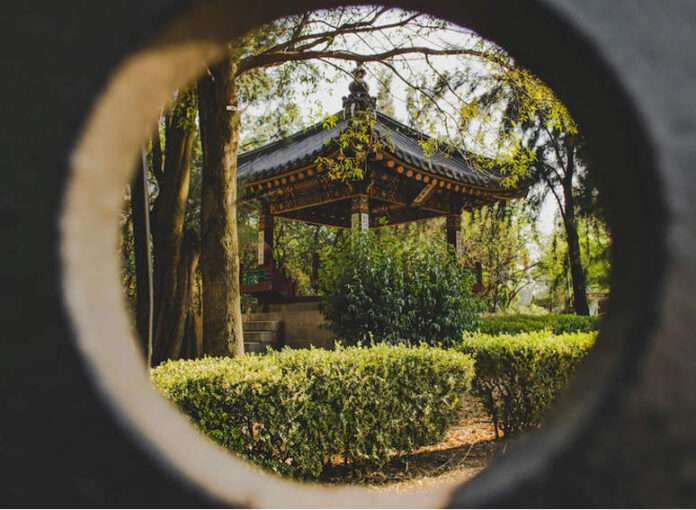In 2020, Mexico City was listed as the fifth most polluted city in the world. Over five years, however, air quality and environmental conditions have improved significantly. The city government has made significant efforts to restore green areas, which have helped immensely to clean the air (and our lungs, of course).
Today, as per IQAir’s latest report, the Mexican capital does not even appear in the top 20 anymore. In honor of this collective achievement, this is our digest of the most beautiful gardens in Mexico City.
Parque Masayoshi Ōhira (Coyoacán)
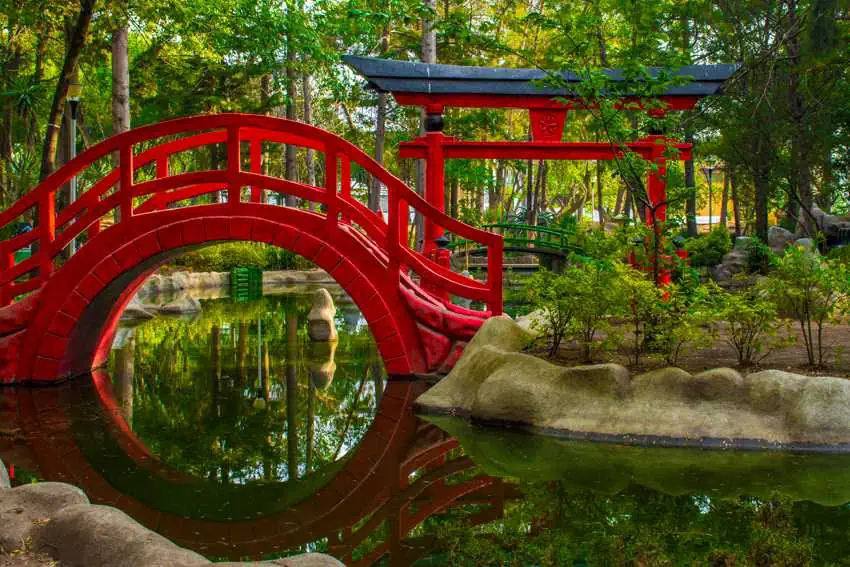
Ikebana is the Japanese art of creating almost sculptural compositions with live flowers. This could be the reason why Masayoshi Ōhira Park, in the Coyoacán borough, has one of the most beautiful gardens in Mexico City. As the capital’s largest Japanese garden, it serves as a living celebration of the diplomatic relations between Japan and Mexico.
This is one of the few places in the country where you can see cherry blossoms bloom in spring, along with many other native species to Japan, such as maples, peonies and plum trees.
- Where: Corredores, Country Club Churubusco, Coyoacán.
Fonoteca Nacional’s garden (Coyoacán)
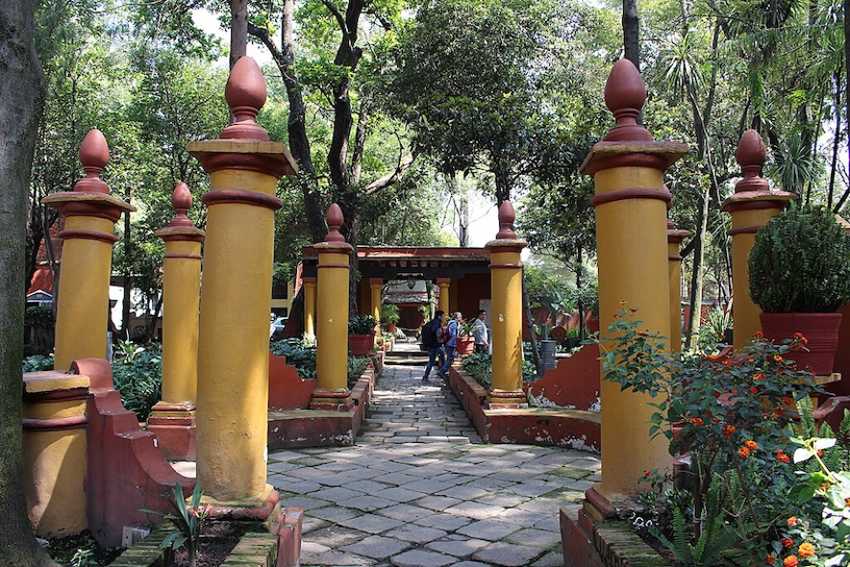
After years of diplomatic service abroad, the Mexican Nobel laureate Octavio Paz spent his final years in Mexico City. In 1997, he and the Mexican government created the Octavio Paz Foundation, whose headquarters were in a beautiful former hacienda on Calle Francisco Sosa, in the heart of Coyoacán. Paz also lived there briefly — from 1997 until his death in 1998.
The estate’s garden, measuring over 200 square meters, is open to the public. These days, the building operates as Mexico’s National Sound Archives (Fonoteca Nacional).
Where: Av. Francisco Sosa 383, Santa Catarina, Coyoacán.
Parque Lincoln (Polanco)
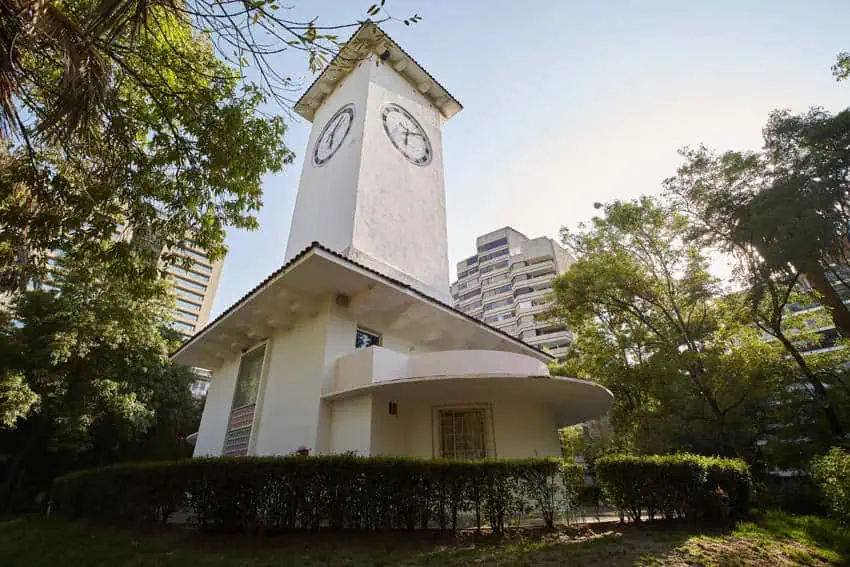
Nestled in the elegant neighborhood of Polanco, this is “one of the most pristine and well-kept parks in the city,” as described by Mexico City’s government. It is one of the only parks in the tumultuous CDMX with an aviary, where peacocks, parrots and macaws have loud conversations.
If you’re into living the ultimate fashionista fantasy, I’d strongly suggest brunching at Mandolina, an Amalfi Coast-inspired place with an absolutely adorable terrace. After that, head to Amorino for the perfect ice cream to have while strolling around Parque Lincoln’s gardens.
Where: Emilio Castelar 163, Polanco, Miguel Hidalgo.
Jardín del Museo de Arte Moderno (Polanco)
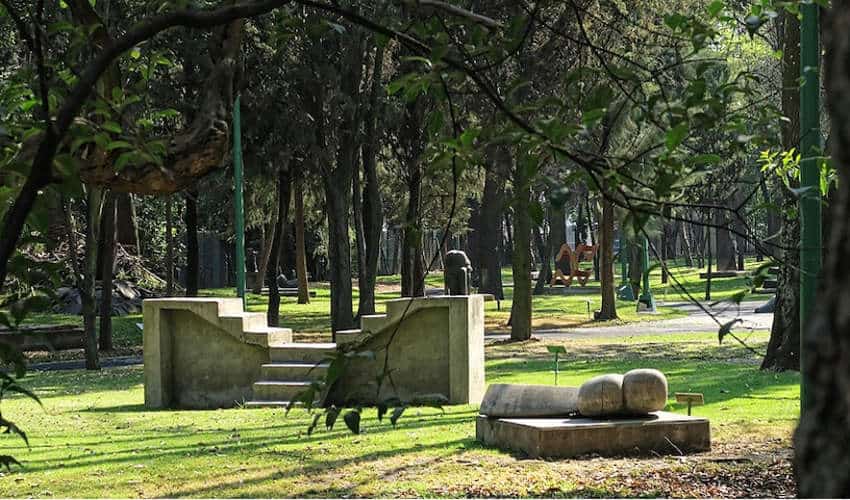
Designed by Mexican architects Rafael Mijares Alcérreca and Pedro Ramírez Vázquez, the outdoor area of the Museo de Arte Moderno (MAM) was completed in 1964. In addition to temporary exhibitions, the MAM is one of the few cultural venues in the country that exhibits its collection outside of its interior galleries.
Dedicated to exhibiting the works of “the most outstanding artists of the 20th and 21st centuries in Mexico,” this is undoubtedly one of the most beautiful gardens in Mexico City.
Where: Av. Paseo de la Reforma S/N, Bosque de Chapultepec, Sección I, Miguel Hidalgo.
Parque Lira (San Miguel Chapultepec)
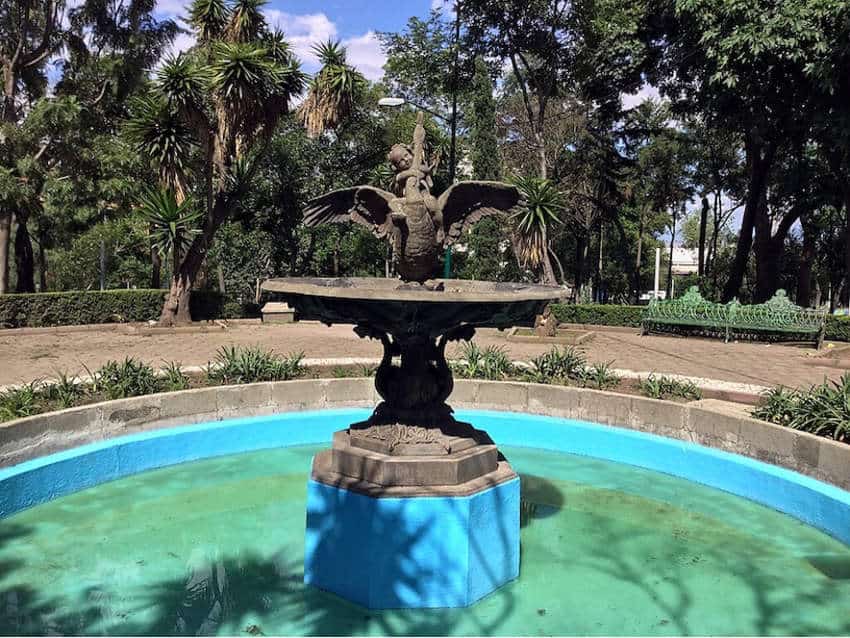
Since its construction as the estate of Vicente Lira in the 19th century, what is now Parque Lira has been renowned for its gardens featuring bridges, pools and fountains. Located north of the Tacubaya Metro station, it is easily accessible by public transportation.
Although open to the public, the buildings now serve as the seat of the Miguel Hidalgo mayor’s office.
- Where: Av. Parque Lira 136, San Miguel Chapultepec, Sección I, Miguel Hidalgo.
Alameda de Santa María (Santa María la Ribera)
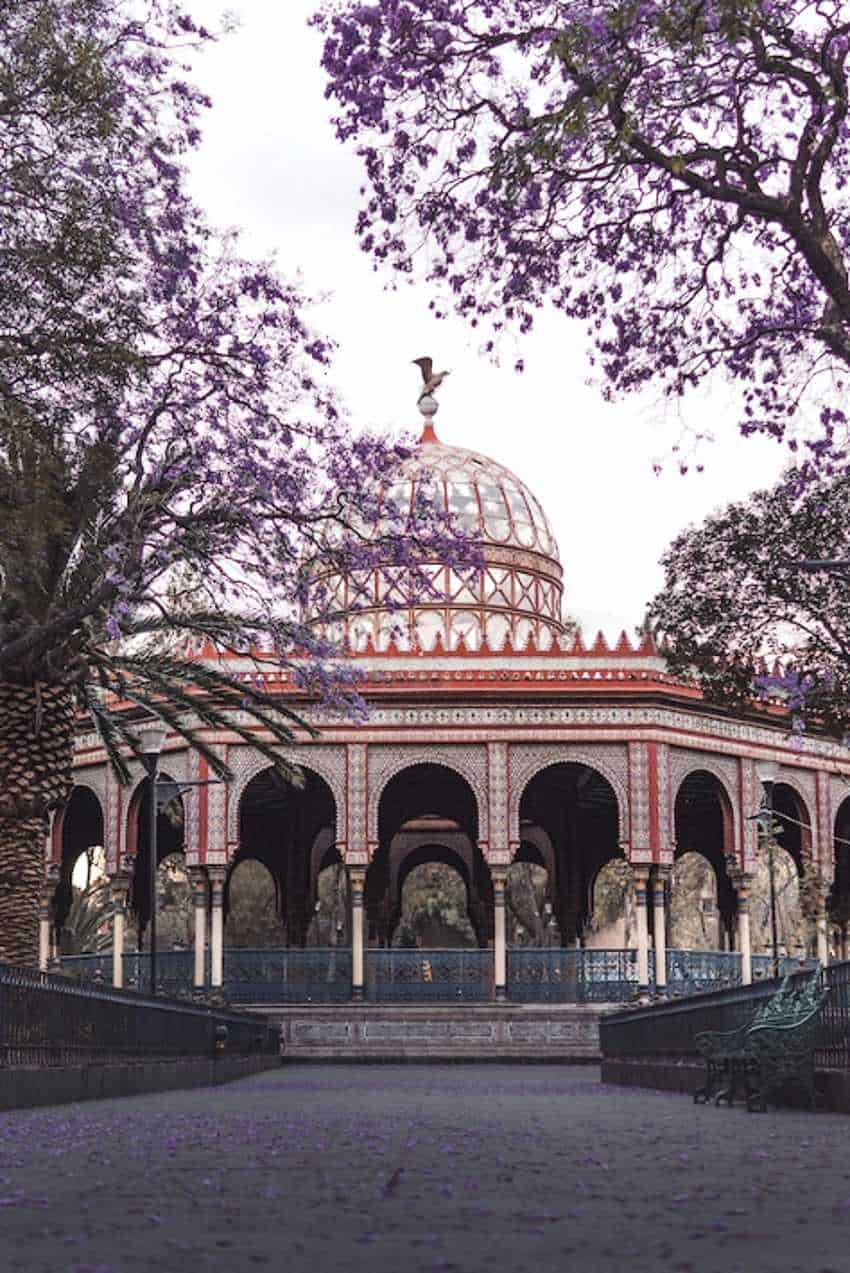
In a European geometric pattern, with four octagonal tiled fountains in the gardens, Alameda de Santa María was one of Mexico City’s first public parks. Designed in the 1880s by engineer José Ramón Ibarrola, its centerpiece is the iconic Kiosco Morisco: a beautiful Mudéjar-style kiosk in the heart of the Cuauhtémoc borough that was built to represent Mexico in the 1884 World Cotton & Industrial Exposition in New Orleans and then eventually brought back to Mexico City.
The gardens were renovated in 2010 by the Mexico City government, which gave the entire neighborhood a new, vibrant look. Today, Santa María La Ribera stands out as one of the city’s busiest and most walkable neighborhoods.
- Where: Jaime Torres Bodet 152, Santa María La Ribera, Cuauhtémoc.
Andrea Fischer contributes to the features desk at Mexico News Daily. She has edited and written for National Geographic en Español and Muy Interesante México, and continues to be an advocate for anything that screams science. Or yoga. Or both.
